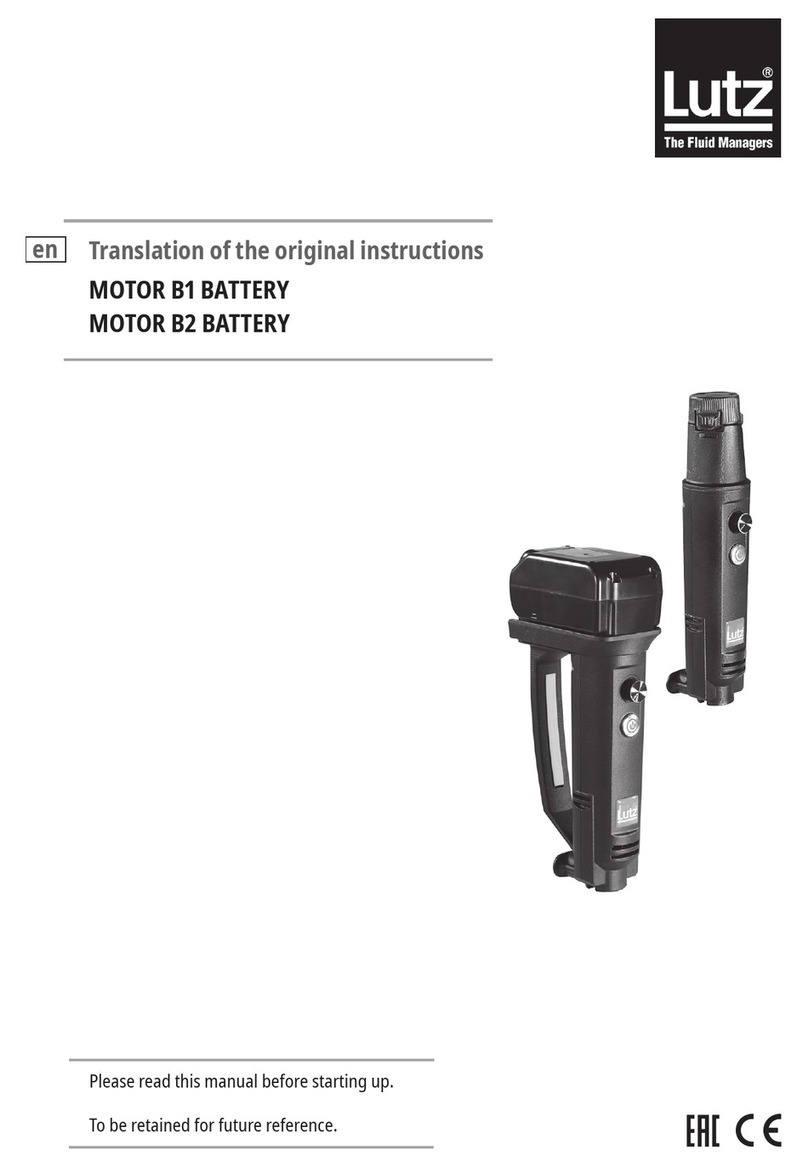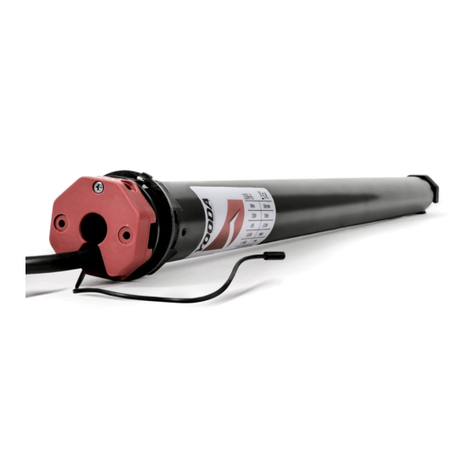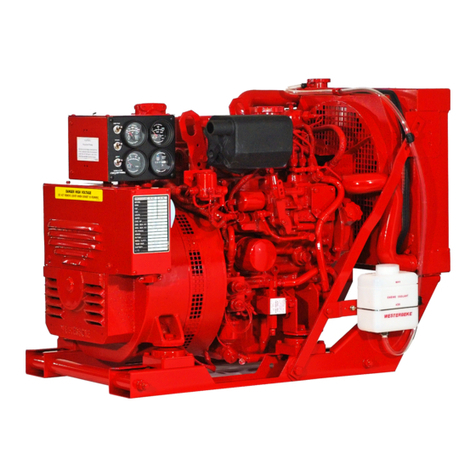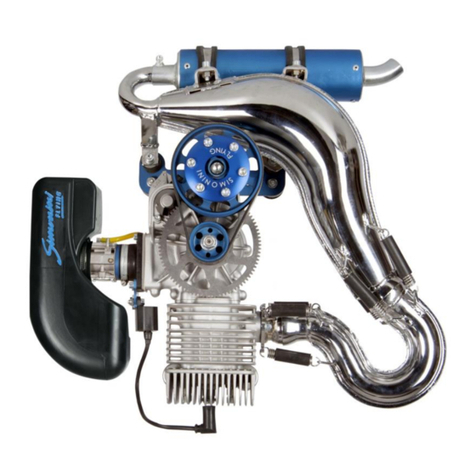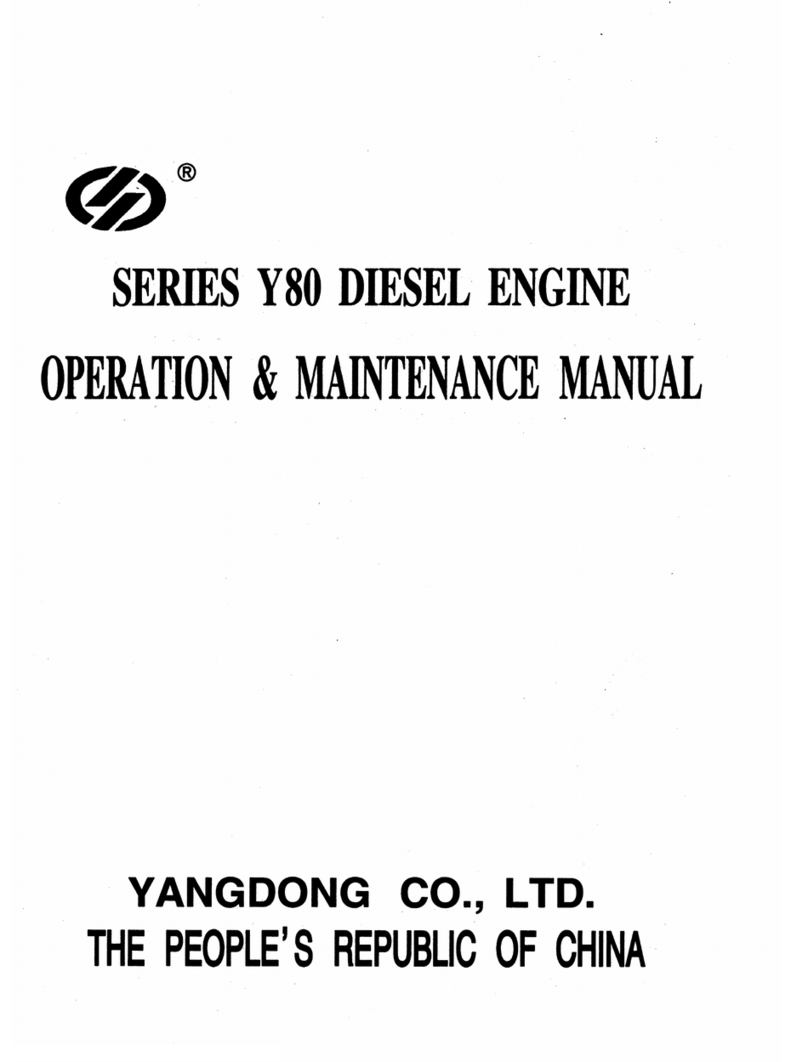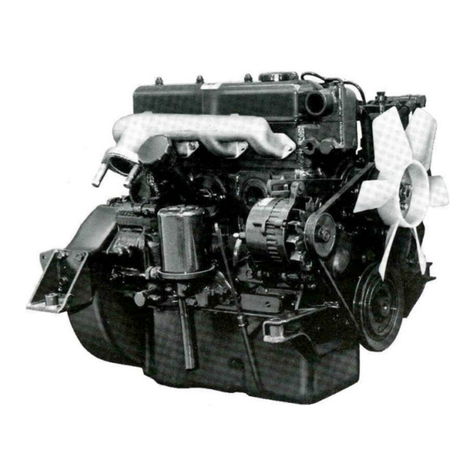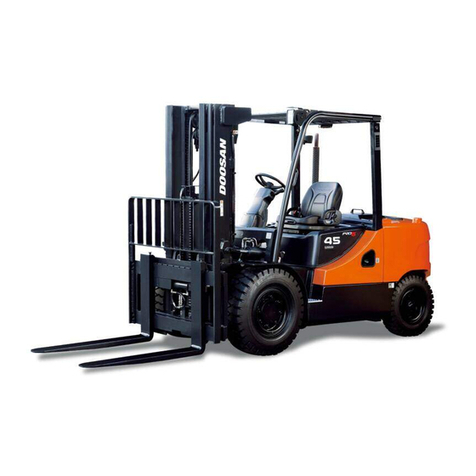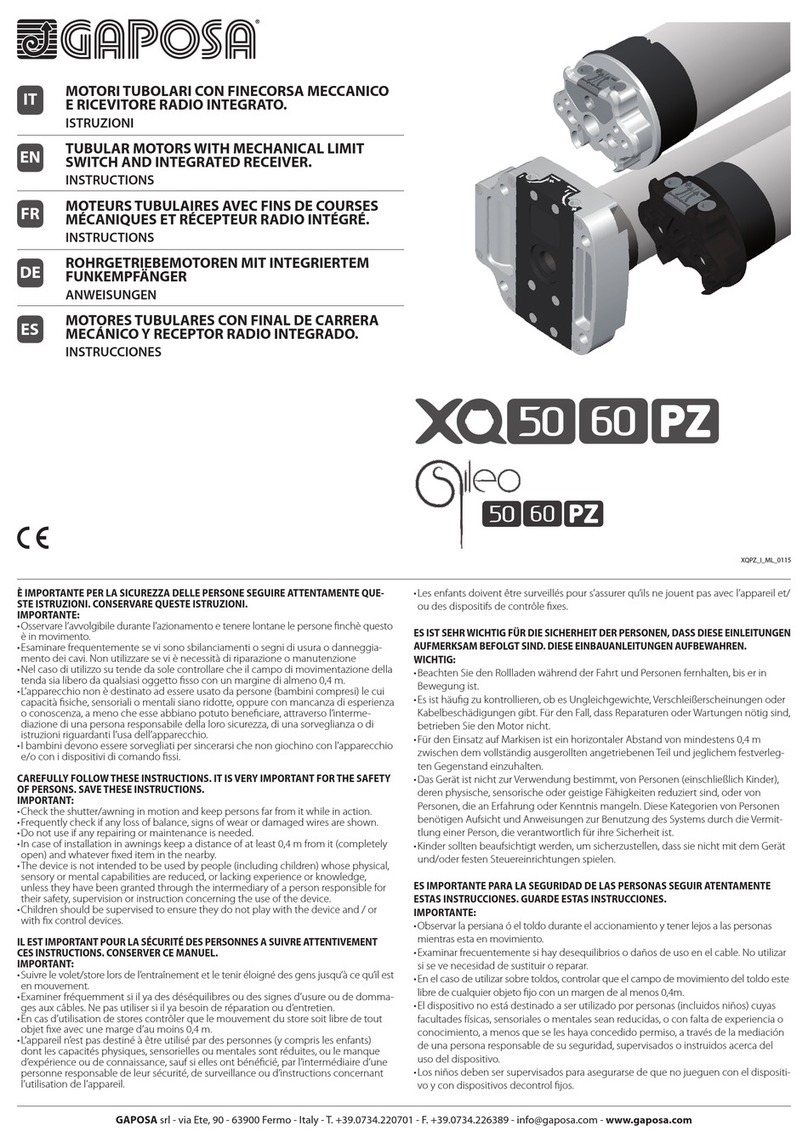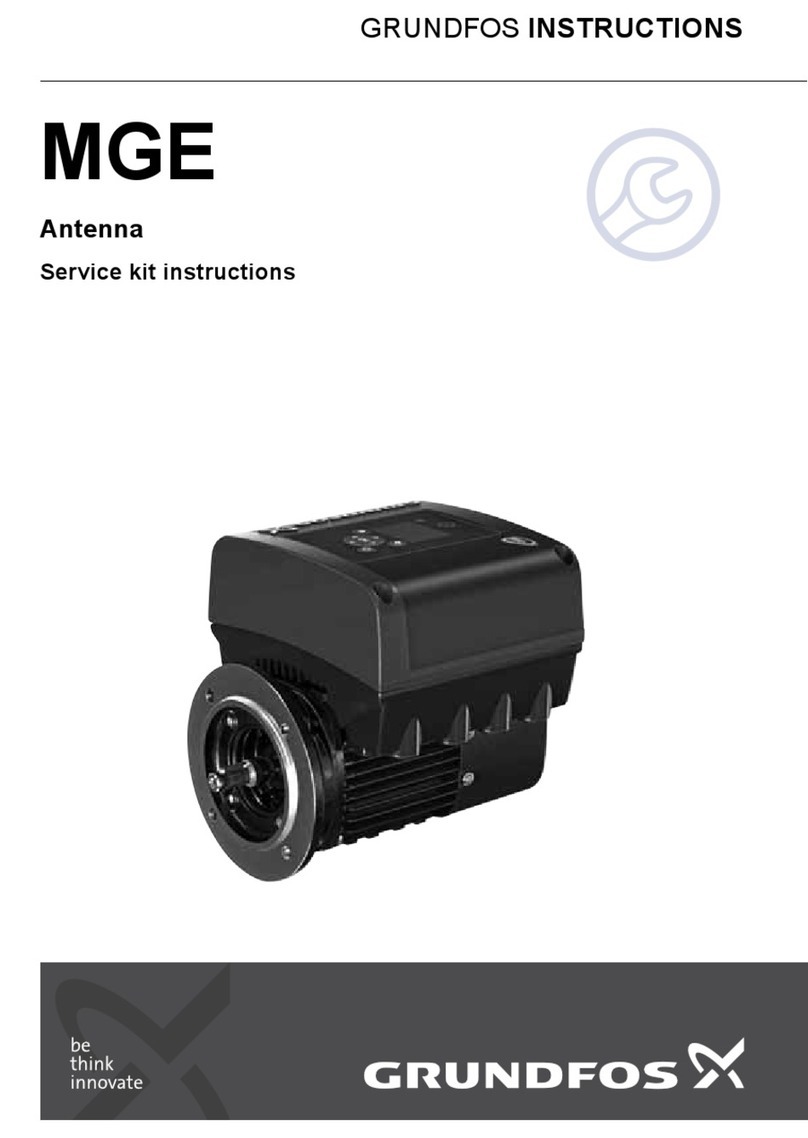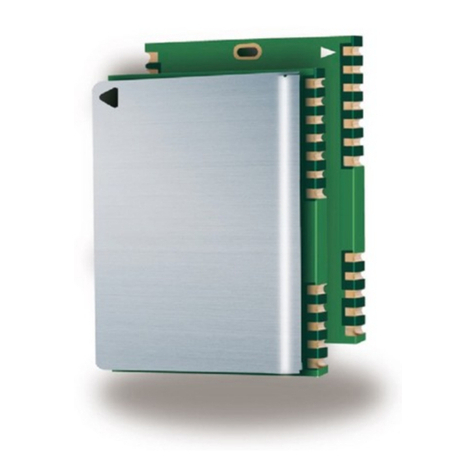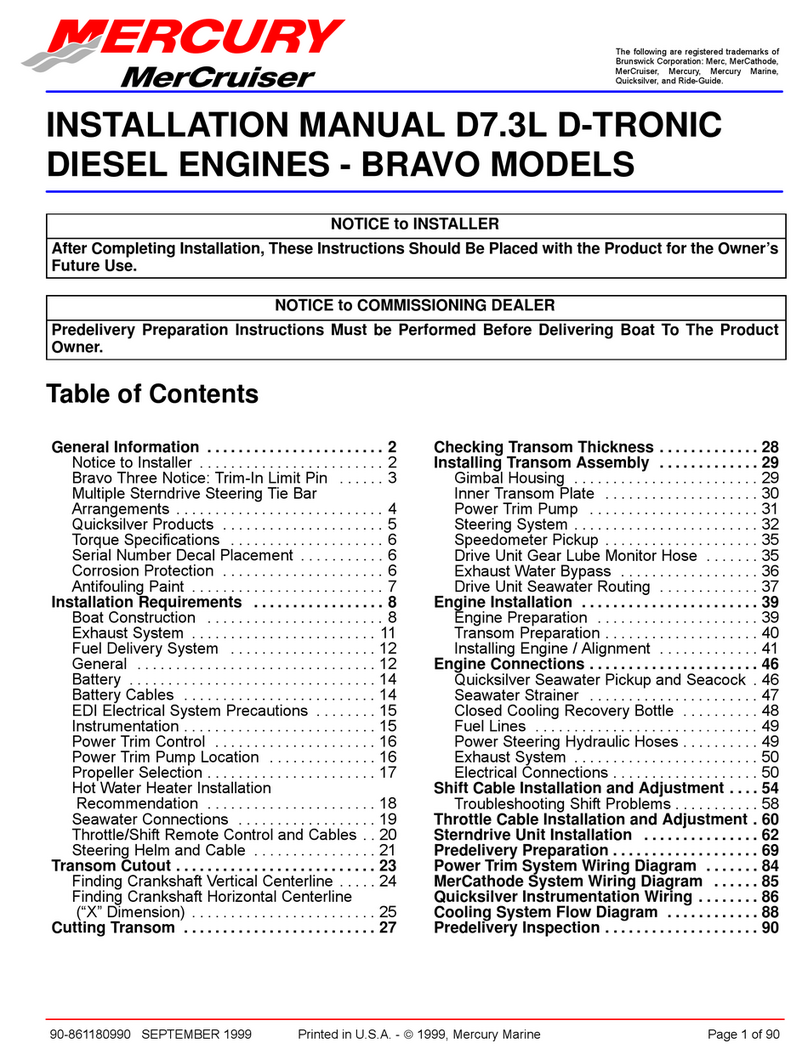EvoJet B110neo User manual

B110neo – B170neo – B220neo – Instructions 6.0
2

B110neo – B170neo – B220neo – Instructions 6.0
Contents
Introduction .........................................................................................................................5
Warnings and Safety Notes ...............................................................................................6
Warranty Conditions............................................................................................................9
Technical Specifications...................................................................................................11
Installation Plan..................................................................................................................13
Checklist for the First Operation......................................................................................15
Checklist for Turning the Engine Off...............................................................................16
Jetronic Display EDT(Engine Data Terminal)..................................................................17
JETRONIC - Firmware Setup.............................................................................................19
1:INFO Menu ......................................................................................................................20
2:STATISTICS Menu ..........................................................................................................25
3: IMITS Menu ...................................................................................................................27
4:AUTOSTART Menu ........................................................................................................29
5:R/C-SETTINGS Menu .....................................................................................................31
6:TEST-DEVICES Menu ....................................................................................................35
Airspeed Sensor [8135].....................................................................................................39
CE - Konformitätserklärung / Conformity Declaration / Déclaration de conformitè ..41
Notes...................................................................................................................................43
3

B110neo – B170neo – B220neo – Instructions 6.0
4

B110neo – B170neo – B220neo – Instructions 6.0
Introduction
The model jet engines of the evoJet NEO series uses the same functional principle as a "big" jet
engine. A high performance compressor compresses ingested air, which is then heated by a fuel
flame in the combustion chamber. The heat causes the air to expand rapidly, enabling it to dri e an
turbine rotor, which in turn dri es the mixed-airflow compressor by a shaft (open-circuit gas
turbine).
At the exhaust cone, the hot air lea es the engine at a speed of more than 1000 km/h (620 mph),
generating the required thrust for the jet aircraft model. An electric starter motor and a new electric
kerosene ignition system allow fully automated engine control from the R/C transmitter, controlled
and monitored by the JETRONIC control unit, which regulates all operating parameters to their
optimal alues.
This new generation of model jet engines does not require dangerous auxiliary gases like propane
or butane any more. Power is supplied to the engine by a separate rechargeable lithium-
manganese battery, which is used to power all system components, such as fuel pump, kerosene
ignition, al e etc.
State-of-the art precision CNC and laser cutting technology allow a pre iously impossible
production accuracy, ensuring both high performance and durability. The included display and
programming unit (EDT = Engine Data Terminal) is equipped with an illuminated LC-Display and
can be connected to (and disconnected from) the running system at any time to check the current
operating data or to change parameters. Besides the current operating parameters, such as
exhaust gas temperature (EGT), turbine re olutions per minute (rpm) and thrust (throttle),
additional information like total hours of operation, rpm and temperature statistics, number of
engine starts, battery oltage etc. can be displayed as well.
All parameters and user entries are displayed in plain text in a menu-based interface. The turbine
is started fully automatically ia the throttle stick on the R/C transmitter. The pilot then adjusts the
desired thrust by mo ing the stick proptionally. The JETRONIC control unit is connected to the R/C
recei er ia R/C-1. R/C-2 can be connected optionally for switching functions.
5

B110neo – B170neo – B220neo – Instructions 6.0
IMPORTANT NOTE:
Operating a jet aircraft model requires greatest care and special knowledge. When
installing and operating your jet engine, always observe the safety rules in this manual !
Warnings and Safety Notes
Welcome to the era of model jet aircraft! Please ne er forget: Operating a jet engine like the can be
dangerous. An aircraft model equipped with the evoJet NEO can reach speeds of more than 400
km/h (250 mph) and temperatures up to 500 °C (930 °F) at the engine housing and up to 750 °C
(1380 °F) at the exhaust jet. Since it is a genuine jet engine, it requires know-how, discipline and
regular ser ice and maintenance – for your own protection and that of other people. If you want to
install and operate this jet engine in your model aircraft, you mus be trained in its handling. The
model with the jet engine should only be operated under super ision of an experienced person,
who can support you in order to a oid mistakes. If there is a local R/C club in your area offering
training and support, we recommend that you become a member. Mistakes made during the
assembly or operation of a jet-powered model aircraft can lead to serious injuries or e en death.
Always observe the law
Before operating a model aircraft with this jet engine, you should be informed about the legal
regulations regarding such aircraft. From a legal point of iew, a model aircraft is considered an
aircraft like any other in most countries and is subject to the corresponding laws, which must be
obser ed by all means. Please check the applicable air traffic laws of your country carefully before
flying your model. Your local R/C club will likely be able to pro ide you with the required info-
rmation and documents. In many countries, jet-powered model aircraft require a special licence
and/or a special insurance. Furthermore, regulations regarding the protection against interference
between R/C transmitters and radio networks must be obser ed. Please make sure to comply with
all applicable laws and regulations in your country.
CAUTION – keep a safe distance!
It is your responsibility to protect others against injuries. The operating distance of your aircraft
from residential areas must be at least 1.5 km (1 mile) in order to ensure the safety of people,
animals and buildings. Keep a safe distance from power lines. Ne er fly your model in bad weather
with low clouds or fog. Ne er fly directly against the sunlight – otherwise you might lose isual
contact with your model. To a oid collisions with manned or unmanned aircraft, land your model
immediately if an aircraft is approaching. Persons and animals must keep the following minimum
distance to the jet engine (see also the figure on page 8):
In front of the engine: 1 m (3 ft)
At the sides of the engine: 12 m (36 ft)
Behind the engine: 10 m (30 ft)
WARNING !
6

B110neo – B170neo – B220neo – Instructions 6.0
Operating the model and/or the jet engine under the influence of alcohol, drugs etc. is strictly
forbidden. The jet engine may only be handled by persons with an excellent physical and mental
condition and concentration. This applies to the operator as well as any assistants.
This jet engine was designed solely for use in model aircraft and is not suitable for any other
purpose. Ne er use it for persons, objects or ehicles other than suitably constructed model
aircraft, as any other use can lead to personal injury or death.
Any de iation from the specifications in this manual, the use of non-appro ed parts or materials or
modifications to the system construction or setup can ha e a negati e effect on the functionality
and safety of the jet engine and must be a oided by all means.
WARNING !
The jet engine may only be operated in exact compliance with the instructions in this manual.
Furthermore, the specifications of the aircraft model regarding the centre of gra ity and rudder
manipulations must be adhered to. The configuration recommended by the model manufacturer
must be obser ed. Before taking off with a model equipped with this jet engine, all functions and all
rudders as well as the range of the R/C transmitter must be tested with the transmiter turned on
and the antenna retracted. This range test must be repeated with the jet engine running while
another person is holding the model in place. Furthermore, the instructions by the R/C system
manufacturer must be followed closely.
Disclaimer
evoJet cannot super ise the adherence to the assembly and operating instructions for the aircraft
model and the jet engine, nor the installation, operation, use and maintenance of the model
components. Therefore, evoJet does not assume any liability for losses, damage or costs caused
by improper operation or improper beha iour or related in any other way to the aforementioned.
Unless demanded by law, any liability of evoJet to pay compensation for damages for whate er
reason (including personal injury, death, damage to buildings as well as loss of sales and profits,
business interruption or other indirect or direct consequential loss caused by the operation of the
model or the jet engine) is excluded. Under all circumstances and in any case, the joint liability is
limited to the amount you actually paid for the model aircraft or jet engine.
The operation of the aircraft model and the jet engine takes place solely at the operator's
own risk!
By operating the jet engine, you confirm to be aware of the fact that evoJet cannot super ise or
control the compliance with the instructions in this manual regarding assembly, operation and use
of the aircraft model, jet engine and remote control unit. From evoJet's side, no promises,
contractual agreements, guarantees or other agreements with persons or companies regarding the
functionality and operation of the model and the jet engine ha e been made. When buying this
aircraft model or jet engine, you as the operator were relying on your own expertise and
judgement.
7

B110neo – B170neo – B220neo – Instructions 6.0
Safety Notes
✔Always have a fully functional CO2 fire extinguisher with at least 2 kg (4.4 lb) of filling
weight at hand.
✔Only test the jet engine at suitable places outdoor and observe the applicable laws
and regulations.
✔Always keep the following safety distances from the running jet engine
(1 m = 3 ft, 10 m = 30 ft, 12 m = 36 ft):
✔Never look straight into the exhaust jet and never touch it with your hands.
✔Whenever possible, wear hearing protection.
✔Keep away from the engine intake (electric starter). The air stream has an enormous
suction power, which can lead to severe injuries.
✔After the first installation, and afterwards in regular intervals, test the transmission
range of your R/C system with the jet engine running.
✔Before operating the engine, remove all loose objects near the engine intake, such
as cleaning cloths, screws, nuts, cables or other material. Before operating your
model for the first time, make sure that there are no loose objects in the engine
intake, such as clippings, screws or swarf from building the model. Such objects can
damage the turbine. When installing the engine in your aircraft model, cover the
engine intake and exhaust opening, for example with adhesive tape, to keep
clippings/swarf and other objects from entering the engine.
✔Make sure that about 5 % of turbine oil is added to the fuel. Use prefered special
aircraft turbine oil like the MTO2015.
8

B110neo – B170neo – B220neo – Instructions 6.0
Warning:
Compared to an ducted fan model aircraft, the model with a real jet engine reaches much higher
airspeeds due to the considerably higher exhaust speed at the same static thrust. The achie able
airspeeds of more than 300 km/h (190 mph) normally exceed the speed range an aircraft model is
appro ed for (risk of rudder flutter, sudden nose di es and o erload of the fuselage and the
ser os).
Therefore always take care of the following: After taking off and accelerating to normal airspeed,
always pull the throttle back. For horizontal flight, 50 % of thrust is sufficient to achie e the same
flight performance as with an ducted fan !
Only use the full thrust of the jet engine for takeoff and for ertical climbing in aerobatics!
For limiting the airspeed, we highly recommend using the optionally a ailable Airspeed Sensor
(part no. 8135) !
Warranty Conditions
The warranty co ers the free repair or replacement of parts that exhibit pro en defects of
fabrication or material defects within the warranty period from the date of purchase. Any further
claims are excluded. Costs for packaging and shipping are paid by the buyer. No liability is
assumed for loss during transport. When sending the defecti e article to evoJet or to the
ser ice contractor in charge for the respecti e country, a detailed description of the fault and the
in oice stating the date of purchase must be included. The warranty is oid if the defect of the
part or the model is caused by an accident, improper handling or improper use.
9

B110neo – B170neo – B220neo – Instructions 6.0
10

B110neo – B170neo – B220neo – Instructions 6.0
Technical Specifications
evoJet B110neo – B170neo – B220neo
Max. thrust: B110: bis 10,5 kg
B170: bis 18,5 kg
B220: bis 23,2 kg
Weight incl. mount: B110: 1kg/2.2lb B170, B220: 1,7 kg = 3.7lb
Rotor speed: B110: 48.000 – 160.000 rpm
B170: 30.000 – 124.000 rpm
B220: 30.000 – 123.000 rpm
Fuel consumption (typ.): B110-105N: max. 320 g/min.
B170-140N: max. 420 g/min.
B170-160N: max. 480 g/min.
B170-180N: max. 540 g/min.
B220-180N: max. 535 g/min.
B220-200N: max. 595 g/min.
B220-220N: max. 650 g/min.
Fuel type: Jet A1 / kerosene, approved fuel
with 5 % oil mixture MTO2015
Maintenance interval: B100: 160.000.000
B170/220: 120.000.000
typ. 2 - 3 years
Status: May - 2018
The engine thrust is electronically adjustable, respective to their thust-class
(chiptuning system).
Kindly note 2:STATISTICS 24:ENGINE-TYPE and 26:UPGRADE-CODE.
11

B110neo – B170neo – B220neo – Instructions 6.0
12

B110neo – B170neo – B220neo – Instructions 6.0
Installation Plan
13

B110neo – B170neo – B220neo – Instructions 6.0
14

B110neo – B170neo – B220neo – Instructions 6.0
Checklist for the First Operation
✔Install and connect the components according to the installation plan (see page 9). Pay
special attention to the correct connection of the FUEL al e and to a proper laying of the
tubes without kinking them. An arrow on the fuel pump and the al e indicates the flow
direction to the engine.
✔The QS quick connectors (blue) should snap in when you plug in the tube. The tube can
only be released by pressing on the blue ring while pulling the tube out. Only use appro ed
PUN tubes with a diameter of 4 mm (0.16"), respecti ely.
✔Check the temperature sensor to the en ironment temperature ia the parameter
AUTOSTART 47:EGT/AMBIENT (see page 31).
✔Teach-in the remote control: OFF, IDLE, 100 %, ia the R/C-SETTINGS parameters 51, 52,
53 (see page 33).
✔Charge all batteries, paying special attention to the correct charging program for the lithium-
battery !
✔Open the fuel tank entilation, then fill the fuel tank(s) with fuel containing approx. 5 % of
oil, i.e. one can of turbine oil in 20 litres (5.3 US gallons) of kerosene.
✔Ha e a CO2 fire extinguisher at hand!
✔Turn on the R/C transmitter, then turn on the recei er.
✔Place your aircraft model with the nose against the wind.
✔Start the jet engine (keep a safe distance, see page 8 ):
1. Throttle down + trim down => remo e LOCK
2. Trim up => RUN – cleared
3. Throttle up and down again => AUTOSTART acti ated, see EDT display (page 17).
15

B110neo – B170neo – B220neo – Instructions 6.0
Checklist for Turning the Engine Off
✔Place the aircraft model with the nose against the wind.
✔Turn the jet engine off: Throttle down + trim down (below 25%) => -OFF
✔Wait until the automatic cool-down procedure of the engine is finished.
✔Check the INFO data about the operating states (see page 20 ff).
✔After finishing the flight acti ities, remo e all fuel from the tank(s) and close the fuel tank
entilation.
16

B110neo – B170neo – B220neo – Instructions 6.0
Jetronic Display EDT(Engine Data Terminal)
TH: = Throttle is a combined function display and error display for the engine operation.
Use the Up/Down keys to select different display alues:
Ub11.8V → current battery-Voltage.
FP 2.1V → current fuel-pump-Voltage.
0km/h → current air-speed display in km/h (for telemetrie).
0.00rpm → current rotor-/propeller-speed (rpm).
Function display – example for a standard start-up procedure:
TH:lock → Remote control locked – to unlock it, pull the throttle and the trim
all the way back. See also 51:RC1-TRIM.OFF (page 25).
TH:stop →Remote control unlocked – engine off – to turn it on, push the trim up.
See also 52:RC1-IDLE (page 25).
TH:run- →Engine on – for a further check, push the throttle forward.
See also 53:RC1-100% (page 25).
TH:rel- →Check complete – to start the turbine, pull the throttle back to the IDLE
position within 10 seconds.
The fuelpump confirms the starting procedure with a short burst.
TH:glow →Preheating of the kerosene igniter, this takes about 5 to 15 seconds.
17

B110neo – B170neo – B220neo – Instructions 6.0
TH:sp n →Spin-up ia the electric starter and fuel ignition.
See also 40:SPINUP/FIRE (page 23).
TH:heat →Heat-up phase of the kerosene igniter and the combustion chamber.
See also 44:HEAT-UP (page 23).
TH:acce →Acceleration of the turbine to normal operation.
See also 43:ACCE-RAMP (page 23).
TH:cal. →Calibration of the fuel pump and the fuel supply system.
TH: dle100% Thrust a ailable to the pilot. Ready for takeoff!
TH:-off →To turn off the engine, pull the throttle and the trim all the way back.
TH:cool →The engine enters a controlled cool-down phase to ensure a long life of the
high-performance bearings.
The error codes are explained under Firmware Setup 19:LAST-OFF on page 16/17.
Notice:
To learn-in a new fuel-system, let the jet engine run at least for 10 seconds at full speed
(max-rpm).
Attention:
Dont do exessive full-throttle ground runs in the airplane withour sufficient air supply !
18

B110neo – B170neo – B220neo – Instructions 6.0
JETRONIC - Firmware Setup
SETUP Menu
To enter the SETUP menu for configuring the firmware parameters, first press the SET key and
then use the Up/Down keys to switch between the a ailable parameter sections.
To quit the SETUP menu and to return to the operating status display, press the SET key for
more than 2 seconds (ESC). In the following, the indi idual submenus of the SETUP menu are
described.
19

B110neo – B170neo – B220neo – Instructions 6.0
1:INFO Menu
To enter the 1:INFO menu, first press the SET key and then use the Up/Down keys to switch
between the a ailable parameters.
To quit the 1:INFO menu and to return to the SETUP menu, press the SET key for more than 2
seconds (ESC).
The operating status display appears automatically after 20 seconds, or press the SET key for
more than 2 seconds (>>> changes to <<<, ESC).
20
This manual suits for next models
2
Table of contents
Other EvoJet Engine manuals





